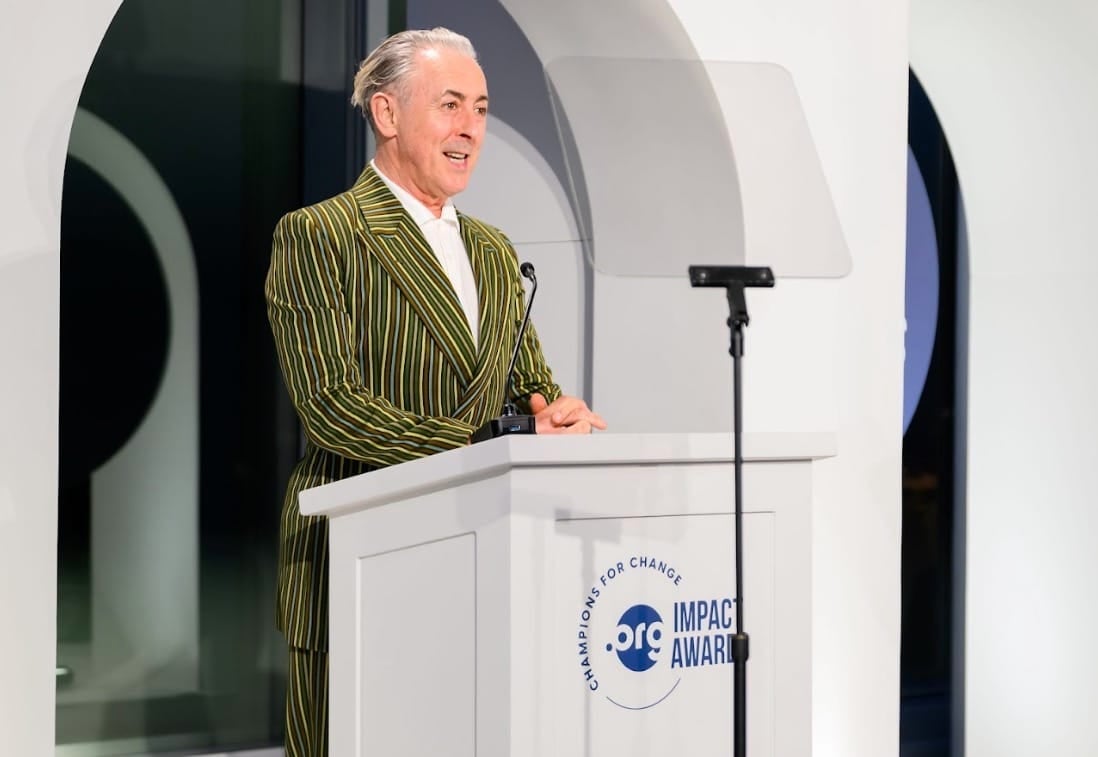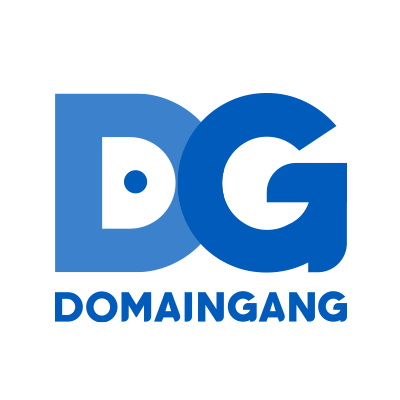YOUR AD HERE
This comic posted on X today is something domain investors should think about when working with a domain broker. Who does the broker represent? Ultimately, it boils down to whether or not the domain name is already listed for sale via Afternic or not.
Something to think about: Domain Brokers pic.twitter.com/SgA8I8nL3p
— ARIYAS (@domainretail) September 20, 2024
Mark Chavez posted a reply to the comic with a comment related to Afternic brokers. I think the way Afternic and DBS brokers work on behalf of buyers and sellers is a bit unclear, so I thought I would share my understanding of how Afternic and DBS brokering works.
When I have a domain name listed for sale on Afternic with a BIN price, there are multiple ways a buyer can make an offer. The most obvious way is through a “make offer” form – such as a field on the new custom landing page. In addition, a buyer may see an Afternic landing page with a phone number, and they may submit an offer over the phone.
If a domain name is listed for sale via Afternic and a prospective buyer submits an offer, the Afternic broker should be working on behalf of the seller. The broker can use the minimum offer amount posted buy the seller as a baseline for offers. The broker, again working on behalf of the seller, is given the authority to agree to sell the domain name at the seller’s floor price if the buyer won’t increase their offer. If there is no floor price, the broker can not agree to a price under the BIN without written approval of the seller. Domain name sellers can see these leads in their Lead Center, which is in their Afternic control panel under Sales —> Lead Center.
Here’s an example. Let’s say I have RandomDomainName.info listed on Afternic with a $5,000 BIN price and a $2,000 minimum offer requirement with a floor price of $3,000. If someone submits an offer of $1,000 through Afternic, it should be rejected. A $2,000 offer should be passed through to the seller and appear in the seller’s Lead Center. The seller can then connect with the broker and see if there’s flexibility on the $5,000 BIN. Regardless, if the buyer comes back and improves the offer to $3,000, the broker has the authority to accept if the floor price is met. This should not be the goal, but having a floor listed gives the broker permission to sell for as low as that amount.
Personally, I have few names with a floor price listed because the domain market is dynamic and I don’t want a broker looking at that floor price as a target to close a deal.
Beyond this, if a buyer submits an offer via GoDaddy’s Domain Buy Service because it is not listed for sale via Afternic, the broker represents the buyer. The buyer pays all fees, and the Afternic / DBS broker is working solely on behalf of the buyer to get a deal done. These leads are not found in the Lead Center, but instead can be found in the DBS Manager, which can be found at DBS.GoDaddy.com.
If you own good domain names, there will probably be quite a few of your names listed in the DBS Manager. I have found that many people get confused by the DBS offering. They may think they are buying the domain name for $119.99 instead of paying to utilize DBS. This is why there are many leads there that didn’t even garner an email from the broker. In addition, brokers should push back on unrealistic offers from buyers. For instance, I should not receive a touchbase from a broker representing a buyer with a $500 budget for my 3 letter .com domain name. GoDaddy should just give those people refunds, in my opinion.
Ultimately, domain brokers want to close deals. Domain name sellers should understand that even if a broker is theoretically working on the seller’s behalf, the ultimate goal is to close a deal. I always consider what a broker is saying, but I know they have their own interest in mind.
 11 months ago
33
11 months ago
33







 English (US) ·
English (US) ·